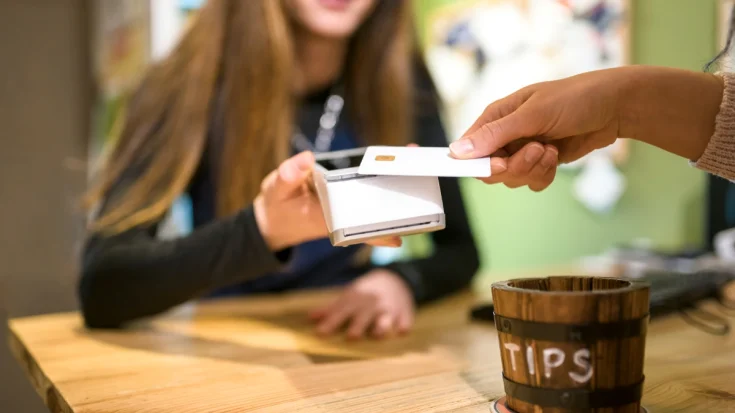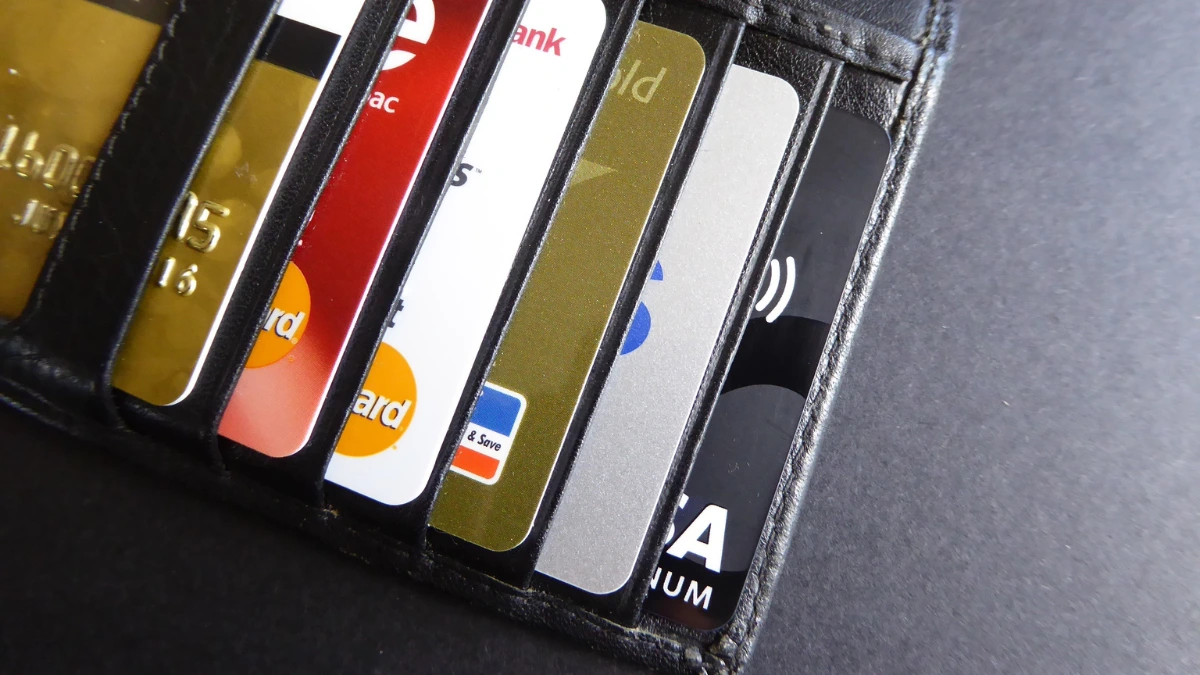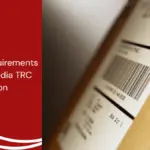Smart cards are becoming an important technology in today’s digital era. Its use has influenced many things from identification, and payment, to access control.
With its functions, a smart card provides many conveniences. In its use, card readers are divided into three types touch, contactless, to hybrid use.
This article will inform you about smart cards from definitions, functions, types, examples of use, to regulations for their use in Indonesia.
Also Read
Table of Contents
What is a Smart Card?

A smart card is a card that has various functions from being a digital identity card, payment card, to an access card. It works by having a chip that can store and process data.
The card, which is generally sized like a credit card or driver’s license, is connected to the card reader either through direct physical contact or through near-field wireless technology such as RFID (Radio-Frequency Identification) or NFC (Near-Field Communication).
This cards were introduced in the 1960s and the technology continues to evolve and innovate to this day.
The Functions of Smart Card
Here are some common functions of smart cards:
- Identification: This can be used as personal identification, such as on ID cards, driver’s licenses, KTA, or student cards.
- Payment: Widely used in payment systems, such as debit, credit, or prepaid cards.
- Control access: This can be used as access control to enter a place, such as a door, gate, or information system.
The Types of Smart Card

In general, smart cards are divided into three types based on their use, namely, contact cards, contactless cards, and hybrid cards. Here’s a detailed explanation:
Contact card
As the name suggests, contact cards are used with the touch method. In its use, this card type uses microprocessor chip technology where the card must be physically inserted into the smart card reader. This is so that the chip on the card is in direct contact with the connector inside the device so that the authentication process is read and data is transferred.
Contactless card
Contactless cards use technology that emits radio signals to send data, namely RFID and NFC. So the use of this type of card does not require physical contact. The card can be read and data can be transferred simply by bringing the card closer to the reader within a few centimeters.
Hybrid card
Hybrid cards combine the two previous types of smart cards, namely contact cards and contactless cards. So that in its use it can be adjusted to the available reader devices either by direct contact inserting it into the reader or just by bringing it closer to the sensor.
The Example of Using a Smart Card
Based on the type of usage which is divided into three namely contact card, contactless card, and hybrid card, the usage will also vary. Here are some examples of smart card usage according to its type:
Contact card
- ATM card and debit card with chip
- Mobile phone SIM card
- e-KTP (as a digital identity with an embedded chip)
Contactless card
- Building or elevator access card (employee ID card)
- Electronic transportation tickets such as e-Money, Flazz, Brizzi, and TapCash cards
- Automatic toll and parking payment cards
Hybrid card
- e-KTP latest generation that supports contactless reading
- Multifunctional ASN or government employee cards
- Identity cards in companies that function for attendance and document authorization.
The Smart Card Regulation in Indonesia

The smart card uses communication technologies such as RFID or NFC that operate within a specific frequency spectrum. In Indonesia, any RFID or NFC-based wireless device is required to have DJID (Directorate General of Digital Infrastructure) under the Ministry of Communication and Digital (KOMDIGI).
Smart card regulation is based on KEPMEN No. 260 Tahun 2024 for RFID or NFC, which requires all radio frequency-based devices to meet specific technical standards before being sold in the country.
The DJID certification ensures that the product meets government safety and quality regulations and does not interfere with other communication devices. The certification process involves technical testing, such as frequency adjustments, safety checks, and compatibility with the surrounding environment.
Once the tests are completed, products that pass are listed in a Test Result Report, which confirms that the product is safe and ready for sale in Indonesia. This report reassures customers that the product meets technical standards and is secure.
For companies wanting to sell a smart card in Indonesia, Type Approval Certification Services for ICT Products are available to assist with this process. This service includes preparing technical and legal documents, conducting required testing, ensuring compliance with regulations, helping companies streamline the certification process, and giving consumers confidence in certified products.


















